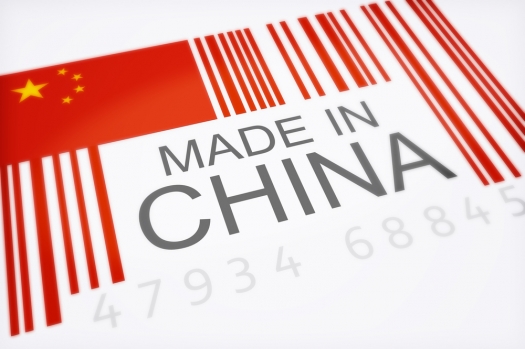GaN substrates fresh from China

A China-based manufacturer of GaN materials is ready to rival western players; Compound Semiconductor talks to Wang Jianfeng of Nanowin to find out more.
China-based Nanowin is ramping up manufacture of its two inch GaN substrates
In late October, China-based semiconductor business, Nanowin, revealed plans to mass produce high quality two inch GaN substrates with industry-low dislocation densities.
Targeting blue and green laser diode markets, the company claims to have demonstrated high performance devices and is now intent on becoming a world-leading nitride semiconductor material provider.
As Nanowin chief technology officer, Wang Jianfeng, points out, HVPE-grown GaN substrates, with a thickness of less than 1mm, typically have a dislocation density of around 1 X 105cm-2. However, the dislocation density of his company's substrates comes in at a much lower 1 X 104cm-2.
The key to the company's impressive results lies in clever nanostructure etching at the initial GaN film surface and carefully controlled growth conditions. Using electrodeless photoelectrochemical etching, Jianfeng and colleagues etch arrays of nanopyramids into GaN films, grown on sapphire substrates, to relieve compressive stress within the film.
"We do some interface engineering at the GaN surface, fabricating nanostructures and then optimising initial growth conditions to reduce the dislocation density," explains Jianfeng.
"From the high quality GaN nanostructure layer, we then grow a very high quality GaN nanolayer," he adds
The GaN substrate is grown via HVPE on a 'home-made' system, that according to Jianfeng incorporates an in-situ optical monitoring system. During GaN growth, Jianfeng and colleagues can closely monitor myriad characteristics including wafer curvature, refraction and reflections, adjusting parameters accordingly to ensure uniform growth.
Ramping manufacture
Clearly fabrication requires skilled intervention, but company claims to currently be churning out around 200 substrates a month and according to Jianfeng, can produce up to 700 substrates a month.
"Our yield is around 75%," adds Jianfeng. "And in three years time we will be manufacturing more than 1000 pieces a month with a dislocation density of only 1 X 104cm-2. These substrates will be for laser diode manufacturers"
Indeed, working with the Suzhou Institute of Nanotech and Nanobionics, Nanowin has already manufactured blue laser diodes with low threshold current density, low operation voltage and long lifetimes as well as green laser diode structures with, as Nanowin puts it 'excellent luminescence homogeneity'.
And the company also claims to have fabricated LEDs, based on its GaN wafers, with injection current densities larger than those reported by US-based Soraa and more than 30 times greater than typical GaN-on-sapphire LEDs.
Nanowin has yet to secure any firm contracts with laser diode manufacturers, although as Jianfeng is keen to point out: "We are keeping close contacts with Osram, Nichia, Sony, Panasonic, Soraa for example, as well as new start-up companies in China."
And without a doubt, the company's wafer costs have appeal. Today's two inch GaN wafer, with a dislocation density of between 1 X 106cm-2 and 1 X 107cm-2 would set you back some US$1500 while the cost of a wafer with a lower dislocation density of around 1 X 105cm-2 rises to around US$3000.
But as Jianfeng highlights, a Nanowin wafer will cost between US$1500 to US$1800, and as he adds: "I think the cost will rapidly reduce with volume production."
Contracts and costs aside, if the company is to makes waves in the worldwide GaN wafer marketplace and rival the likes of Hitachi Cable, Mitsubishi Electric, Sumitomo, Kyma and many, many, more, it will need a water-tight intellectual property portfolio. Jianfeng isn't fazed.
"We already have forty patents in China," he says. "And right now we have several patents pending in the US, Europe and Japan."


































